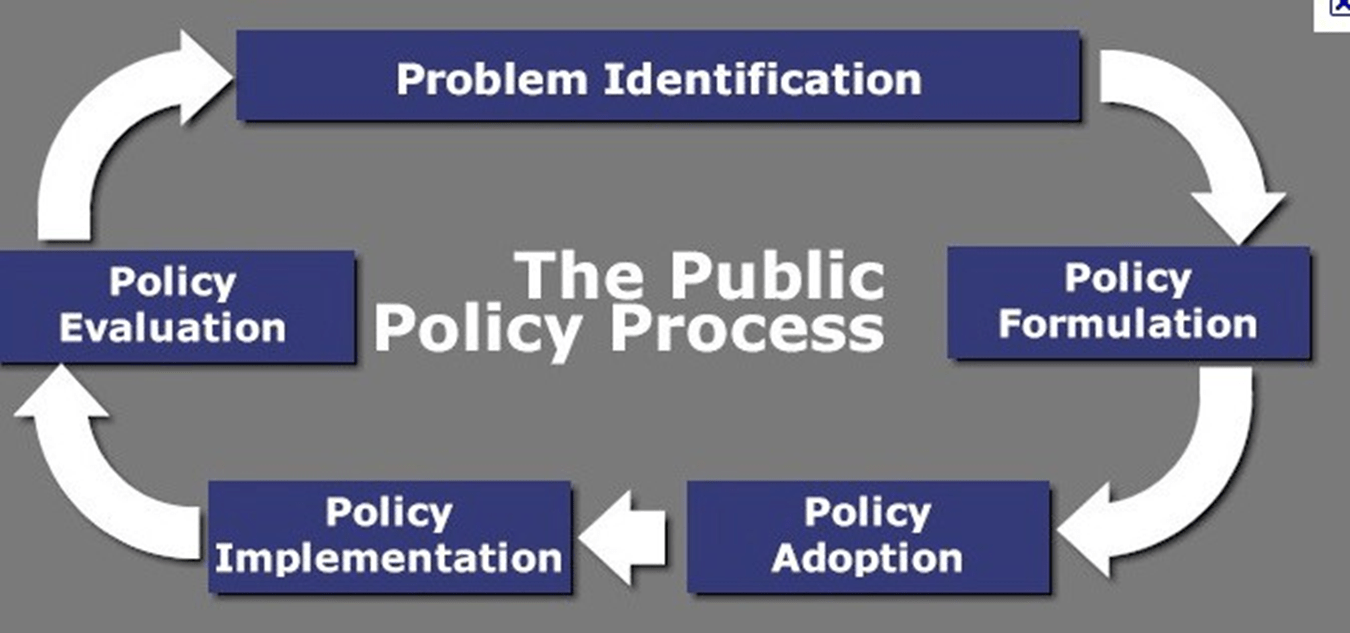Name one key point of the progressive era..
*COS and Settlement House Movements come together
*Birth of a New Profession
*Beyond the individual – the influence of social, economic and political forces
*Reformulating public responsibilities
*Laying the foundation for a modern welfare state
Name one of Jim Crow laws....
•legally separated blacks and whites
•Denied rights to African Americans
•1896: Plessy vs. Ferguson—separate but equal constitutional
•Led to more discrimination and poverty
Social Welfare Sector Response: Settlement House Movement was used for...
•Residence
•Reform
•Research
How should benefits be financed?
Public
Federal, State, and Local
Through taxes or fees
Private
Purchased Insurance
Name the 5 steps of the Public Policy Process

A Jewish tradition is,,, tzedakah- righteousness", but commonly used to signify charity
tzedakah- righteousness", but commonly used to signify charity
Name 1 of the Social, Economic, Political Changes after the Civil War....
•National network of railroads
•Rise of large corporations
•Machines replace manual labor
•Waves of immigrants from Italy, Eastern Europe
•Tremendous inequality
Name one factor that occurred during the Great Depression?
■Stock market could not sustain itself
■Banks were closing
■Industries failing
■Bankruptcy of farms
■UE widespread - @ 1/4 of workforce & over 1⁄2 of population affected.
■Poverty spread
■States could not keep up with need
How Will Benefits Be Delivered?
Location
Staffing
Auspices
Agenda setting means....
•Bringing the social problem as framed to the attention of decision-makers (let's say legislators) and public
Name 1 of Elizabethan Poor Laws of 1601
•Labor market oriented policy: response to centralization of states and monetization of economy
•Centralized policy locally implemented by “overseers of poor”
•Funded by taxes
COS Acronym is.... and the definition is.....
The Charity Organization Society and the Coordination of philanthropic efforts to avoid duplicate requests of assistance
What does PWA stand for? Why was it created?
What does WPA stand for? Why was it created?
Public Works Administration
•In U.S. history, New Deal government agency (1933–39) designed to reduce unemployment and increase purchasing power through the construction of highways and public buildings.
Work Progress Administration
•A program created by President Franklin D. Roosevelt in 1935 to help the unemployed during the Great Depression by providing jobs and income to millions of Americans
Sin taxes are ...
dedicated to a specific purposes that are harmful and costly to society such as cigarettes, gambling, vaping, and alcohol
•Goal
•Eligibility
•Benefits
•Delivery
• Funding
Name a difference between Workhouses and Almshouses?
Workhouses people are required to work compared to Almhouses were for those that could not work
refers to the idea that people with higher incomes should take on a greater share of the responsibility for paying for public services.
Vertical Equity
Name the 2 Social Workers who played a part in the New Deal?
Harry Hopkins and Francis Perkins
A block grant is a.....
grant-in-aid of a specified amount from a larger government to a smaller regional government body.
Name the 3 areas that you need to focus on when finding a window of opportunity to introduce a new social policy?
•Dramatic publicized stories
•New administration
•Crisis
Name a Reconstruction Amendment?
•13th Amendment prohibited slavery
•14th Amendment: citizenship to all born in the U.S. or naturalized with due process of law—did not include Native Americans, who were not citizens
•15th Amendment: voting rights for all male citizens
What is the name of the woman that developed training from simple shadowing of experienced friendly visitors to training manual and school?
Mary Richmond
WW II ended the Depression because....
•Increased government spending on war effort achieved pre-Depression levels of employment.
•Men went to war and women went to work.
•WPA discontinued but many of the New Deal programs and reforms institutionalized.
•The Omnibus Budget Reconciliation Act of 1981 (OBRA) was a federal budget bill that established spending for the fiscal year 1982.
•It was signed into law by President Ronald Reagan on.....
August 13, 1981, after being approved by Congress on July 31, 1981.
The bill was a major step in limiting the growth of the federal budget
Service Delivery systems should be evaluated on..
Builds diversity, equity and inclusion
•Respects choices of beneficiaries
•Reflection of the target population
•Accessibility